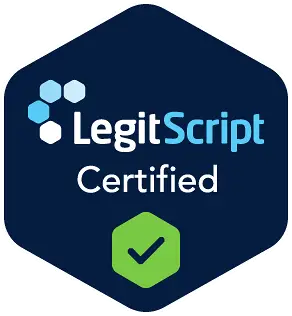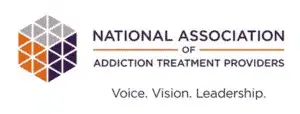
Schedule I
Schedule I drugs have a high risk of harm to people and few, if any, medical benefits. They do not have any medical use and have a high potential for addiction and overdose. Many Schedule I substances are illegal street drugs, including heroin, LSD, marijuana and ecstasy.
Schedule I drugs are banned for legal use in the United States. Schedule I substances are increasingly seen by treatment programs when they treat addiction.
Schedule II/IIN
Schedule II and IIN drugs are narcotics and stimulants that have a high risk for misuse but do have some medical benefits. Some of the narcotics in Schedule II include hydromorphone (Dilaudid), methadone (Dolophine), meperidine (Demerol), oxycodone (OxyContin, Percocet), and fentanyl (Sublimaze, Duragesic), morphine, opium and codeine. Stimulants found under this classification include amphetamine (Dexedrine, Adderall), methamphetamine (Desoxyn) and methylphenidate (Ritalin).
Schedule III/IIIN
Schedule III drugs have a low or moderate incidence of misuse and have medical benefits for some people. Many Schedule III drugs are weaker versions of Schedule II ones. Vicodin is Schedule III because it contains less than 15 milligrams of hydrocodone per dose, and Tylenol with codeine is also Schedule III. Other Schedule III drugs include buprenorphine (Suboxone), ketamine and anabolic steroids.
This Season, Give Yourself the Gift of a Fresh Start.
Whether you are struggling with addiction, mental health or both, our expert team is here to guide you every step of the way. Don’t wait— reach out today to take the first step toward taking control of your life.
Although Schedule III drugs may not be as addictive as ones classified Schedule I or II, they can still cause some physical dependence as well as psychological dependence, and doctors are advised to use caution when prescribing them.
Schedule IV
Drugs classified as Schedule IV have a low risk of misuse. Schedule IV drugs include alprazolam (Xanax), carisoprodol (Soma), clonazepam (Klonopin), clorazepate (Tranxene), diazepam (Valium), lorazepam (Ativan), midazolam (Versed), temazepam (Restoril) and triazolam (Halcion).
Many of these drugs are used to treat anxiety or sleep disturbances, but they can become habit-forming or be misused when the prescribed dose no longer works because tolerance has developed.
Schedule V
Schedule V drugs are low-dose versions of some narcotics, such as Tylenol with a small amount of codeine. There is not much risk of misuse with Schedule V drugs, but it does occasionally happen.
Controlled substances are determined by looking at how drugs are used, whether they are helpful or harmful, and the extent to which they are helpful or harmful. FDA personnel may study rates of misuse, overdose rates and instances of other deaths caused by taking the drug.
The FDA may also take public sentiment into account when making these decisions. Recently, a petition by 140,000 Americans asking the FDA not to ban kratom, a naturally occurring substance that can act as a stimulant or similar to an opioid, led to the agency deciding to study the situation more before doing so.
If you or a loved one misuses any drug or substance and needs help to stop, contact The Recovery Village Palmer Lake today to discuss treatment options.







